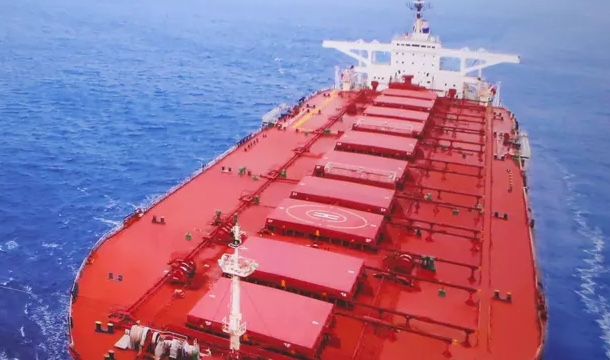The Weekly Reflektion 36/2021
Life extension, and conversion and re-use of some facilities is critical for effective use of resources, but we need to ensure this is done correctly.

How do we ensure we have the correct priorities for conversions and change of use?
The Stellar Daisy was transporting iron ore fines from Brazil to China when it capsized halfway between South America and Africa on the 31st of March 2017. What happened and what can we learn?
The Stellar Daisy was built in 1993 as a Very Large Crude Carrier (VLCC) with a design life of 20 years. In 2008 it was converted in China to a Very Large Ore Carrier (VLOC), a major modification. Results of a finite element analysis (FEA) required strengthening of many bulkheads to withstand the stresses of carrying ore instead of crude oil. On its final voyage, the Stellar Daisy was carrying 260,000 tons of iron ore fines when it developed a sudden list to port in heavy weather, and within minutes, sank with the loss of 22 of the 24 crew. There was not enough time to launch the lifeboats. The two survivors told of a loud rumble just before the initial list to port, followed quickly by a loud explosion-like cracking sound. They jumped into the sea, and when they came up to the surface, the Stellar Daisy had disappeared. One survivorfound a life raft, located the second survivor and pulled him onboard. They were rescued 24 hours later. No other bodies were found.
During the investigation, the FEA done when the ship was converted was checked. It was found that the basis for the FEA was new material, rather than a structure that was built in 1993, with a 20-year design life. The fatigue life used up in the 15 years as a VLCC was not considered in the conversion.
During its 9-year life as a VLOC, 131 cracks were identified in inspections, many of these, naturally, in ‘old steel’ in areas of high cyclic loading. Most of the repairs made were of original structural members. It was also found that no detailed structural failure assessment had been done, and no causes were identified. Also, the structural repairs were not based on any structural analysis, and there was no detailed repair plan. Corrosion was found in the water ballast tanks on several inspections, and this is also thought to have contributed to the disaster.
As the ship foundered in 3400 – 3600 m water depth, no recovery was possible. The chain of events concluded as the most probable were reconstructed from analysis and eye-witness accounts of the two survivors. The initiating event was a structural failure in the port water ballast tanks which quickly filled with seawater. This was followed rapidly with failure of the traverse structure leading to flooding of the port cargo tanks, and failure of the longitudinal bulkheads. The iron ore fines would then have liquified causing a rapid capsize.
The re-utilisation of old facilities to ensure efficient use of resources is common practice, but it demands a thorough process to ensure that risks arising from its previous history are seriously assessed and the acceptance criteria are clear for this re-use. When you extend the design life of your facilities or modify your facilities for re-use, are your acceptance criteria clear?
